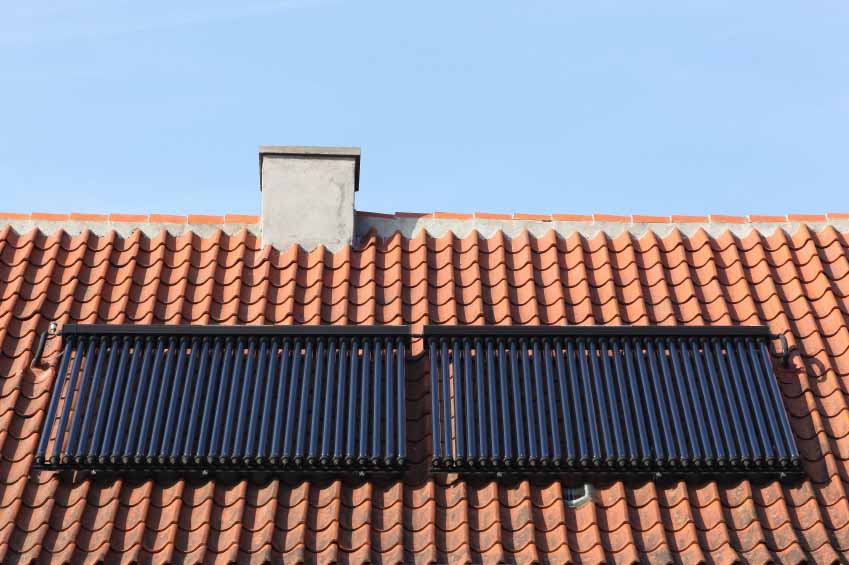A heat pump captures heat from outside and moves it into your home. It uses electricity to do this, but the heat energy delivered to your home is much more than the electrical energy used to power the system.
Heat pumps are suitable for almost all homes and may also reduce your energy bills, depending on the system you’re replacing. There are two main types of heat pump: air source and ground source.
Air source heat pumps absorb heat from the air to heat your home – even when outside temperatures are as low as -15℃ degrees Celsius. Air source heat pumps need a place outside your home where a unit can be fitted to a wall or placed on the ground. It must have some space around it to allow a good flow of air.
Ground source heat pumps use pipes buried in your garden to extract heat from the ground. You don’t necessarily need a large space, but you’ll need land near your home that’s suitable for digging trenches or drilling boreholes. So, a ground source heat pump is ideal if you’ve got a reasonable sized garden.
If you’re considering a heat pump, read our blog about whether a ground source or air source heat pump is right for you.
We’ve also debunked some common myths about heat pumps. Visit our heat pump hub to find out more.


